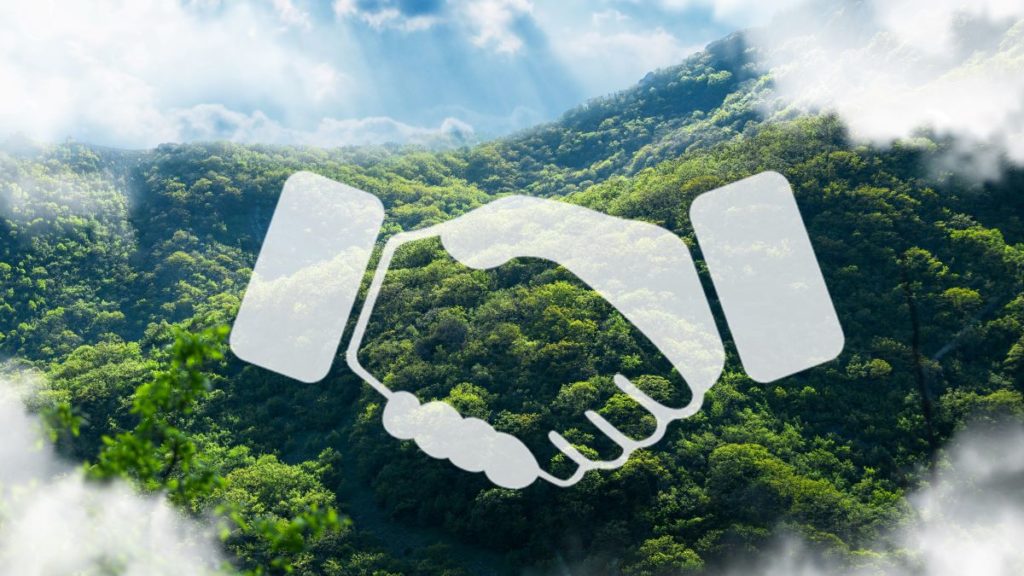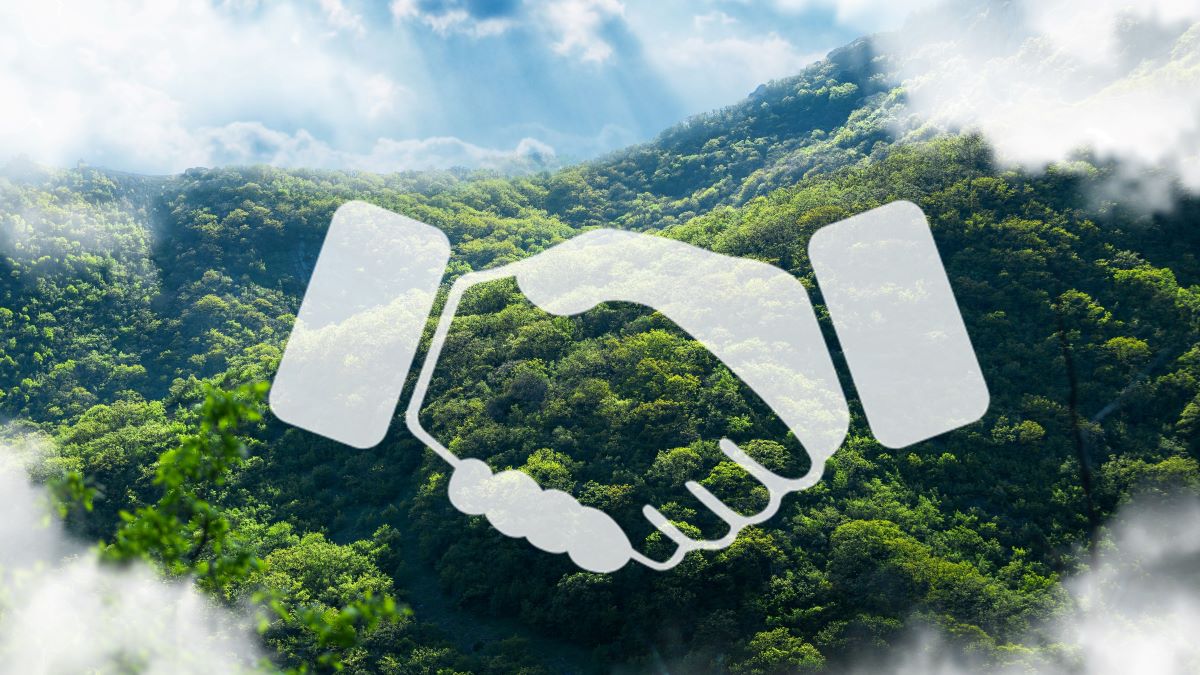
Global Environmental Treaties Are Making Gains

Sometimes it seems like the only environmental news is bad news, and we never actually make any progress. Governments tend to favor short-term industrial interests over environmental legislation. Getting nations to agree to the type of global treaties necessary for real environmental progress is a Herculean task. It also doesn’t help that the United States is notorious for refusing to ratify many of the most important ones. But it seems like there may have been a sea change in global environmentalism. Smaller countries step forward to take on the leadership America rejects. And they are getting the job done. In the last year, nations have made significant progress on three major environmental treaties – mostly without help from the U.S.
Plastic Treaty
One of the first signs of change came from two small countries. Rwanda and Peru launched an international movement towards a post-plastic world. This led to the formation of the High Ambition Coalition to End Plastic Pollution (HACEPP), a group of 53 countries that signed onto the beginnings of a global plastics treaty. The United States is not part of that coalition. They moved with record speed (by global negotiation standards). In 2022 at the United Nations Environment Program (UNEP) conference, 175 nations adopted the resolution to create a global legal framework regulating the use of plastic. They set a deadline to complete a draft agreement by the end of 2024.
In December 2022, the first round of negotiations took place. Unfortunately, the treaty seems to have lost momentum. They ended without agreement on whether goals and efforts should be global and mandatory, or voluntary through country-driven pledges. Members of the HACEPP argued for the stronger approach, but the U.S. and Saudi Arabia blocked them. Opposition from these two powerful nations has already led to some nations weakening their stance. There has been talk of a U.S.-led coalition that could hinder the working group’s ability to form consensus.
International treaty negotiations are undertaken by delegates who are usually appointed staff, and therefore are somewhat buffered from democratic processes. However, Americans can make their support for a strong treaty known and ask officials to help end global plastics pollution by writing a letter or signing the EarthDay.org petition. The next round of negotiations will take place in May 2023.
Watch this short video from the High Ambition Coalition to End Plastic Pollution:
[embedded content]
Biodiversity Treaty
At the Rio Earth Summit in 1992, the United Nations presented the Convention on Biological Diversity. Delegates from 168 countries signed the Convention. Although the United States was one of those, it is not one of the 193 nations that has ratified the treaty. Every 10 years, governments agree on new targets to protect biodiversity. At the last meeting 10 years ago, governments pledged to halve the loss of natural habitats and expand nature reserves to 17% of the world’s land area by 2020. So far, none of the targets have been met. Among participating nations, only about 5% came close, while around 25% of countries made no significant progress.
In December 2022, delegates met in Montreal at the COP15 to update the framework for the next decade. It was a contentious meeting, with China forcing an agreement over the objection of the Democratic Republic of Congo (one of the world’s big three rainforest nations). The DRC called for more financial support to poor nations for conservation and protection of Indigenous peoples’ land rights. Other nations voiced sympathy for DRC’s position. Conservation has been used as an excuse to displace indigenous peoples, as for example, in the U.S. national park system. But they pressured DRC to accept the agreement. In the end, DRC accepted the outcome, making the new targets official.
New Targets
The approved text formalized the 30×30 campaign. A project of the High Ambition Coalition (HAC) for Nature and People, an intergovernmental group of more than 100 countries co-chaired by Costa Rica, France, and UK, 30×30 is the science-backed target of protecting at least 30% of the world’s land and ocean by 2030. The new convention framework also established targets for eliminating environmentally damaging subsidies and other actions to prevent extinctions. By 2030, the agreement will triple funding for conservation efforts. Although many agree with DRC that the amount is insufficient, the increase inspires hope for better outcomes in achieving the convention’s targets under the new framework than were achieved in the last decade.
Watch this short video from Conservation International:
[embedded content]
High Seas Treaty
After nearly two decades in the making, few people had even heard of the High Seas Treaty until March 4, 2023. That’s when the UN Intergovernmental Conference on Biodiversity Beyond National Jurisdiction (BBNJ), led by conference president, Rena Lee of Singapore, officially approved the final text for the treaty. As its popular name implies, the treaty applies to “the high seas.” These waters make up nearly two-thirds of the world’s oceans. But lying outside of all national boundaries (which extend 200 nautical miles from each nation’s coastline), they have not been subject to any sort of regulation, until now.
New Rules
Also known as the BBNJ Treaty, the High Seas Treaty establishes large-scale marine protected areas and regulates marine research for scientific and commercial development. By itself, the High Seas Treaty is not enough to achieve the UN’s 30×30 or other biodiversity goals. But it is widely agreed that achieving those goals would not be possible without this treaty to support them. Marine biodiversity research has only recently made it possible to identify the ocean areas most critical for conservation. Until the 2020 publication of a paper identifying 10 marine biodiversity hotspots, many policymakers did not understand how much of the world’s biodiversity lived in the oceans, or the level of threat these areas faced. Even now, more than 80% of the world’s oceans remain unexplored; scientists have only classified about 10% of marine species. However, nearly 10% of identified species are already endangered.
Unsurprisingly, economic concerns such as fishing rights and marine genetic resources, were the main sticking points in the negotiations. These issues tended to divide industrialized nations from the global South. However, the United States was part of the “High Ambition” coalition (not the same group leading the plastics treaty) that brokered the final terms. The coalition succeeded because it did not ignore the equity concerns of stakeholders like the African Group.
Delegates from 193 UN member nations approved the final text of the treaty. However, the treaty still must be ratified, which will take years. Once ratified, governments can formally propose specific marine protected areas, each of which will require an approval vote. The European Union pledged $42 million to facilitate the ratification of the treaty and its early implementation.
Watch this short video from the High Seas Alliance:
[embedded content]
Services Marketplace – Listings, Bookings & Reviews